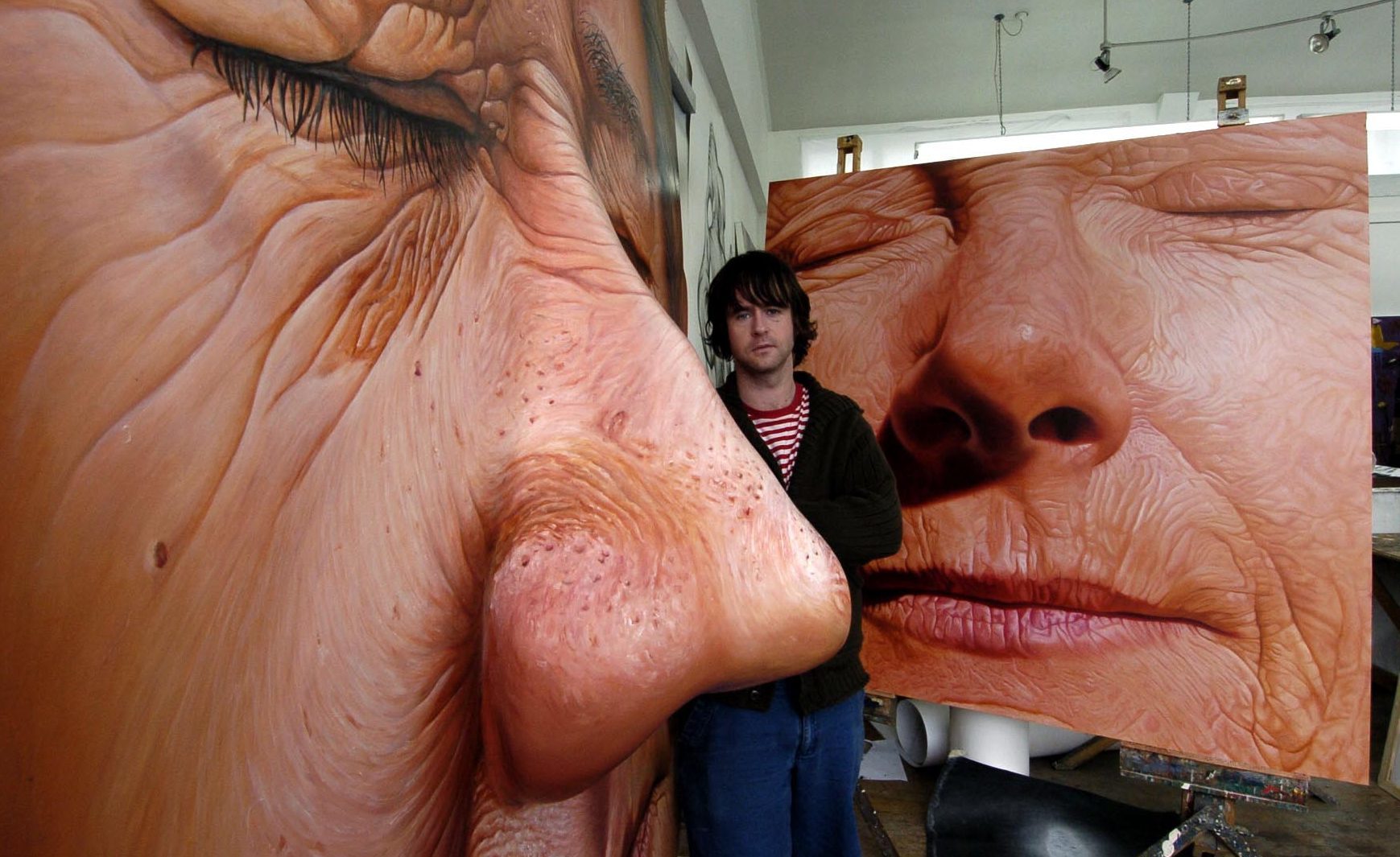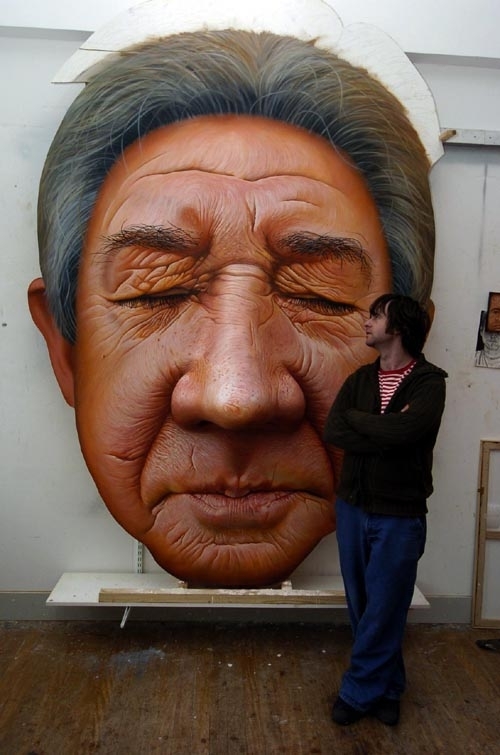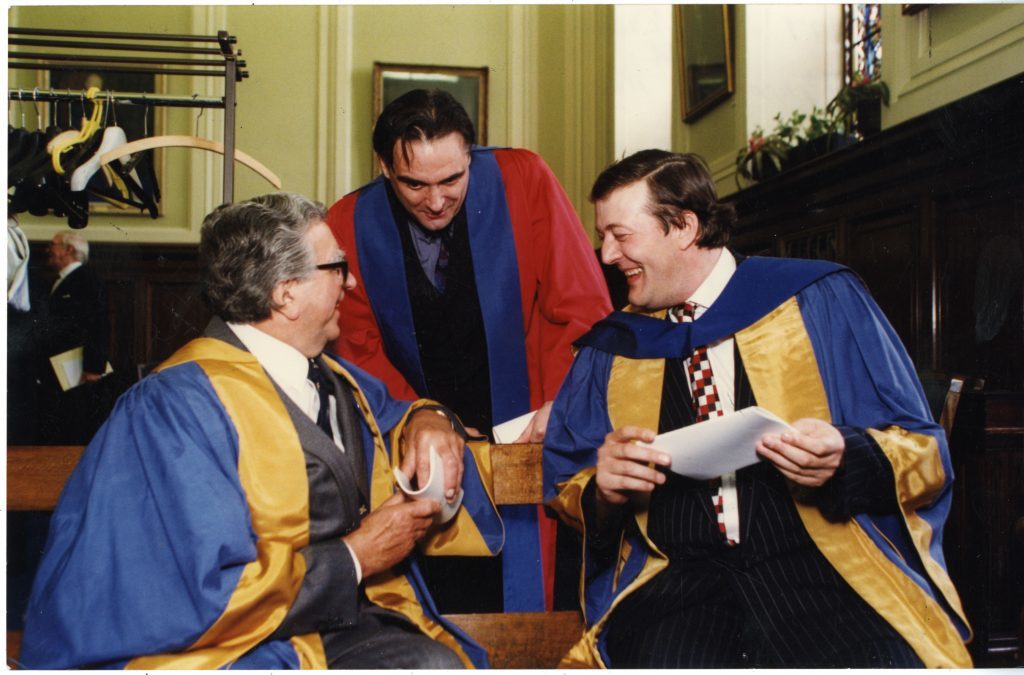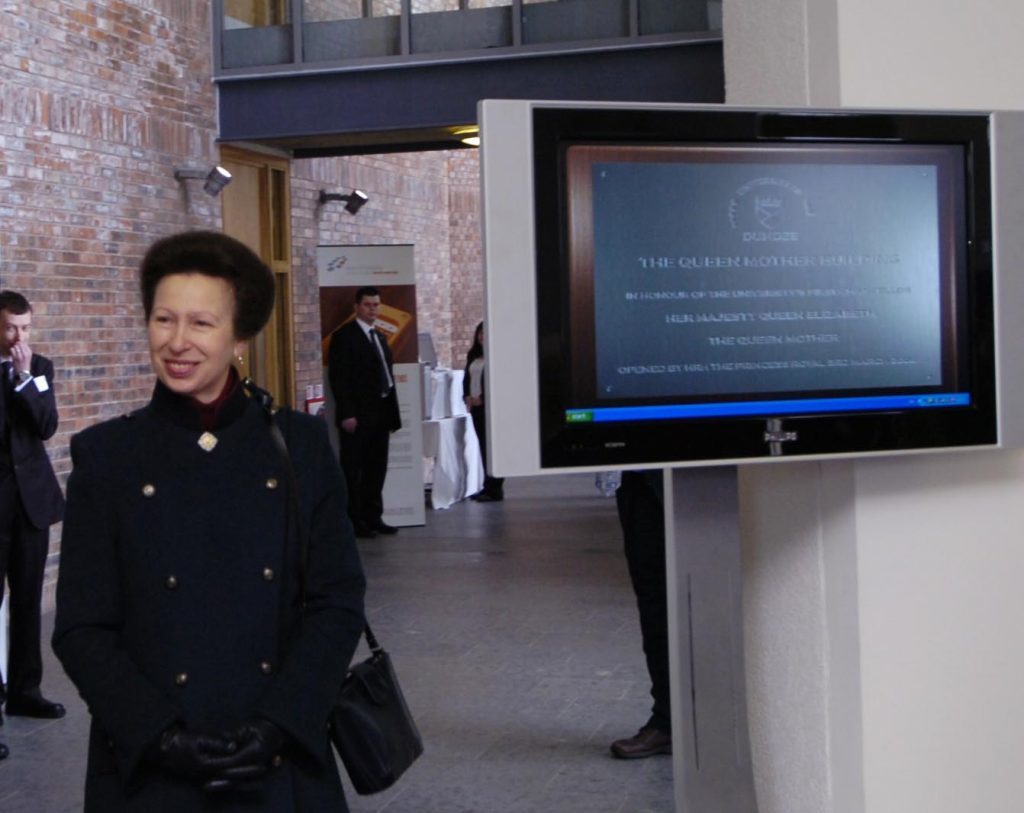From the mid-1990s onwards the university grew significantly and took shape as the institution we know today.
There had been a strong degree of co-operation between the university and Duncan of Jordanstone College for a number of years and by the start of the 1990s students from the art college were graduating with degrees validated by the university.
The close relationship led to plans for a full merger and in 1994 approval was given for Duncan of Jordanstone to become part of the university.
Duncan of Jordanstone College of Art & Design (DJCAD) is now one of the top ranked art and design schools in the United Kingdom, bringing students from all over the world to Dundee and enhancing the city’s reputation as a centre of design excellence.
Professor Paul Harris, Dean of DJCAD, says today, “The existence of a thriving art and design college, ranked in the top 1% in the world, has helped lead to the creation of new galleries, projects and accolades, including the V&A Museum of Design, Dundee, and our designation as the UK’s first UNESCO City of Design.
“All this is helping a post-industrial city reinvent itself. Our graduates can be found in film, games and animation studios. They are working with some of the world’s largest tech companies and leading the next big start-ups.
“As well as arts organisations and design studios, they work in environmental sustainability, medical professions, crime enforcement, education, disaster victim identification, deep sea exploration, and countless other areas where their creativity is highly valued.”
Duncan of Jordanstone is also home to the annual Degree Show, one of the city’s most anticipated annual events.
Nearly 15,000 people flock to the show every year, filling hotels, restaurants and bars in the process, creating a huge buzz and splash of colour and delivering a £1.5million boost to the city’s economy at the same time.
Soon after Duncan of Jordanstone was brought into the university fold there was further expansion. The former Tayside College of Nursing and Fife College of Health Studies in Kirkcaldy were merged and became the university’s School of Nursing in 1996. Ironically, given the history with St Andrews, this meant Dundee was now the university with campuses on both sides of the Tay.
Around the turn of the century the Dundee campus of the Northern College of Education at Gardyne Road was also absorbed into the university, where it now forms the School of Education and Social Work.
On campus there were further significant changes. With backing of £10million from the Wellcome Trust, at the time the largest single donation given to a Scottish university, a huge extension to the life sciences complex was built at the top of Old Hawkhill.
This blue-and-white clad building was immediately dubbed Dundee’s `citadel of science’ and became recognisable across the Dundee landscape.
It has subsequently been added to with the Sir James Black Centre and, officially opened last year, the £50million Discovery Centre.
A £200million campus masterplan also saw the creation of new student residences, the Queen Mother Building and the Dalhousie Building – which was opened by HM The Queen and is the site of the university’s popular Saturday Evening Lectures and other public events.
One of the most dramatic proposals was a 50-feet high `Biowoman’ by artist David Mach, yet to see the light of day.



![Sir Alan Langlands left) Principal of Dundee University and Professor Ron Elder [former Vice Principal of Northern College and Dean of the New Faculty of Education and Social Work] with historic trowel at a ceremony in 2001](https://wpcluster.dctdigital.com/thecourier/wp-content/uploads/sites/12/2017/05/dun-1024x954.jpg)










